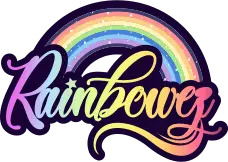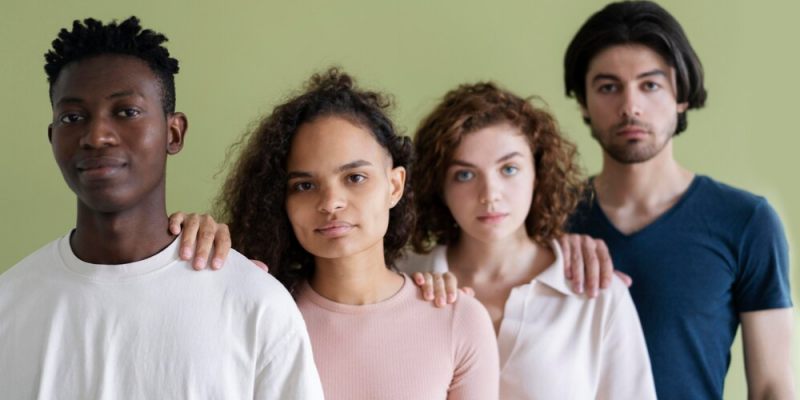In today's rapidly changing world, diversity has become a hot-button issue. While many celebrate the richness of varied perspectives and cultures, others grapple with discomfort. So, why do some people feel threatened by diversity?
This question touches on deep-rooted psychological, social, and cultural factors that shape our perceptions and reactions to differences.
Why Do Some People Feel Threatened by Diversity? Uncovering the Reasons
At its core, the fear of diversity often stems from a complex interplay of human nature and societal conditioning. Let's delve into some key reasons behind this phenomenon:
1. The Comfort Zone Conundrum
Humans are creatures of habit. We tend to gravitate towards the familiar and predictable. When faced with diversity, some individuals experience a jarring sense of displacement from their comfort zones. This discomfort can manifest as fear or hostility towards the unfamiliar.
2. Identity and Group Dynamics
Our sense of self is often closely tied to our cultural, ethnic, or social groups. When confronted with diverse perspectives, some people may perceive a threat to their group identity. This can trigger defensive reactions as they strive to protect their sense of belonging and cultural norms.
3. Power Dynamics and Privilege
In societies with established power structures, diversity can be seen as a challenge to the status quo. Those who have historically held privileged positions may fear losing their advantages or influence. This perceived threat to their social standing can lead to resistance against inclusive initiatives.

Freepik | When encountering diversity, some individuals feel displaced from their comfort zones.
4. Cognitive Biases and Stereotypes
Our brains are wired to categorize information quickly, sometimes leading to oversimplification and stereotyping. These cognitive shortcuts can reinforce preexisting biases and make it challenging to embrace diversity fully. Breaking free from these mental patterns requires conscious effort and openness to new experiences.
5. Media Influence and Misinformation
The way diversity is portrayed in media and public discourse can significantly impact perceptions. Sensationalized news stories or biased reporting can fuel fears and misconceptions about different groups, contributing to a sense of threat among some individuals.
Strategies for Embracing Diversity
While the reasons behind diversity-related fears are complex, there are proactive steps individuals and communities can take to foster a more inclusive mindset:
1. Education and Exposure
Knowledge is a powerful antidote to fear. Encouraging people to learn about different cultures, religions, and perspectives can help dispel myths and build understanding. This can be achieved through:
• Cultural exchange programs
• Diverse literature and media consumption
• Community events celebrating various traditions
2. Empathy-Building Exercises
Developing empathy is crucial for breaking down barriers. Activities that promote perspective-taking and emotional intelligence can help individuals connect with others across differences.
3. Open Dialogue and Active Listening

Freepik | Creating safe spaces for open discussions about diversity can address concerns and clear up misconceptions.
Creating safe spaces for honest conversations about diversity can help address concerns and misconceptions. Emphasizing active listening and respectful communication is key to productive dialogue.
4. Challenging Assumptions and Biases
Encouraging self-reflection and critical thinking about one's own biases is essential. Tools like implicit bias tests and diversity workshops can help individuals recognize and address their prejudices.
5. Inclusive Leadership and Policies
Organizations and communities can lead by example by implementing inclusive policies and promoting diverse representation in leadership roles. This helps normalize diversity and demonstrates its benefits.
The Benefits of Embracing Diversity
It's important to highlight the numerous advantages that come with embracing diversity:
• Enhanced creativity and innovation
• Improved problem-solving capabilities
• Richer cultural experiences
• Stronger, more resilient communities
• Better understanding of global markets and perspectives
By focusing on these positive outcomes, we can shift the narrative around diversity from threat to opportunity.
Moving Towards a More Inclusive Future
Understanding why do some people feel threatened by diversity is the first step towards building a more inclusive society. By addressing the root causes of these fears and implementing strategies to promote understanding and acceptance, we can work towards a world where diversity is celebrated rather than feared.
It's a journey that requires patience, empathy, and persistent effort. But the rewards – a more harmonious, creative, and dynamic society – are well worth the challenge. As we continue to navigate an increasingly interconnected world, embracing diversity isn't just a moral imperative; it's a practical necessity for our collective progress and well-being.






